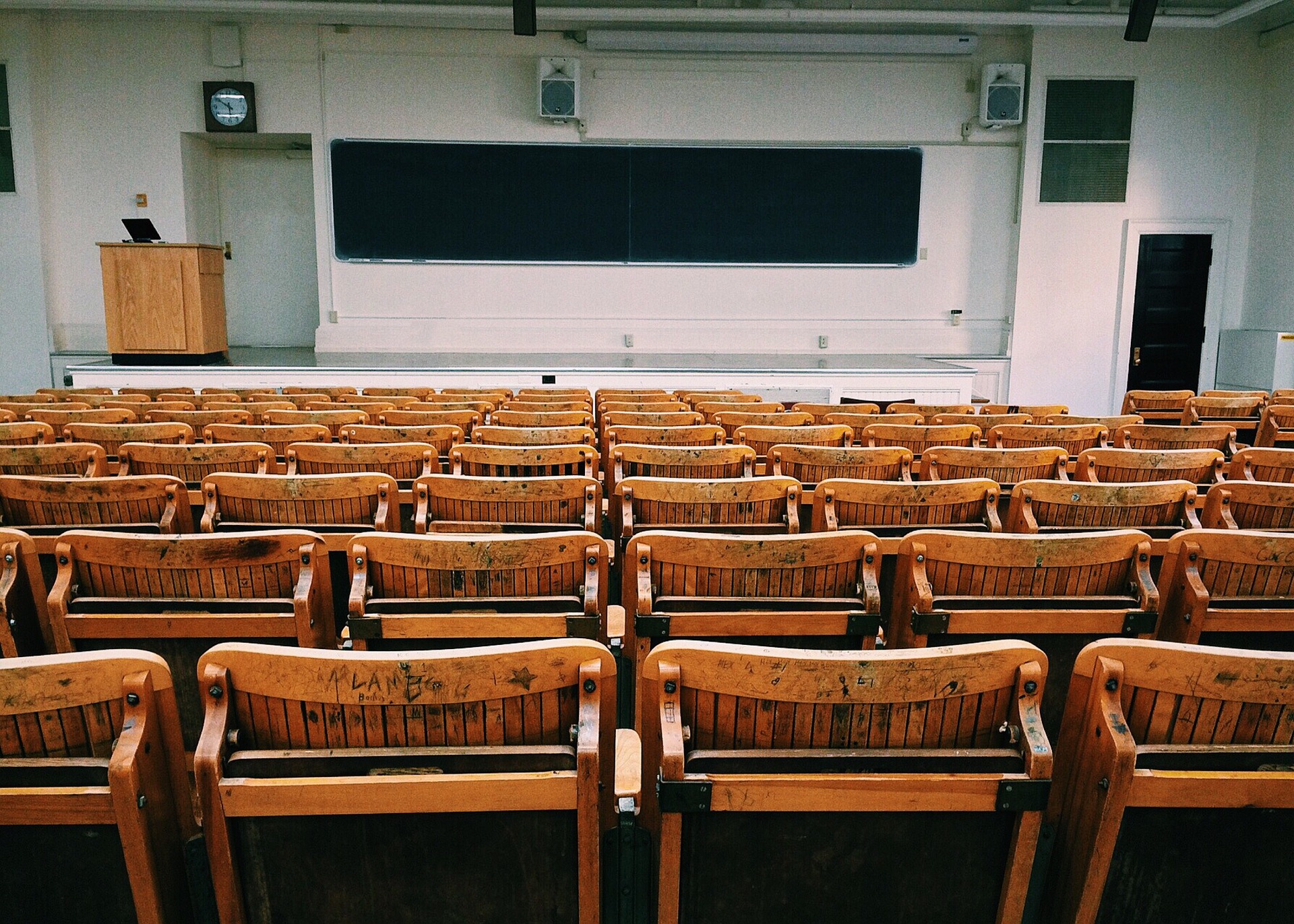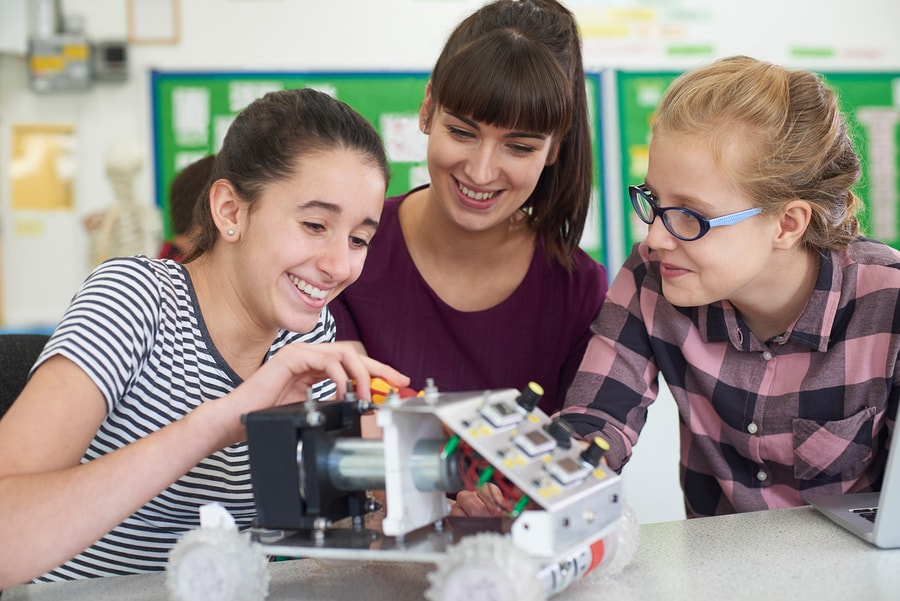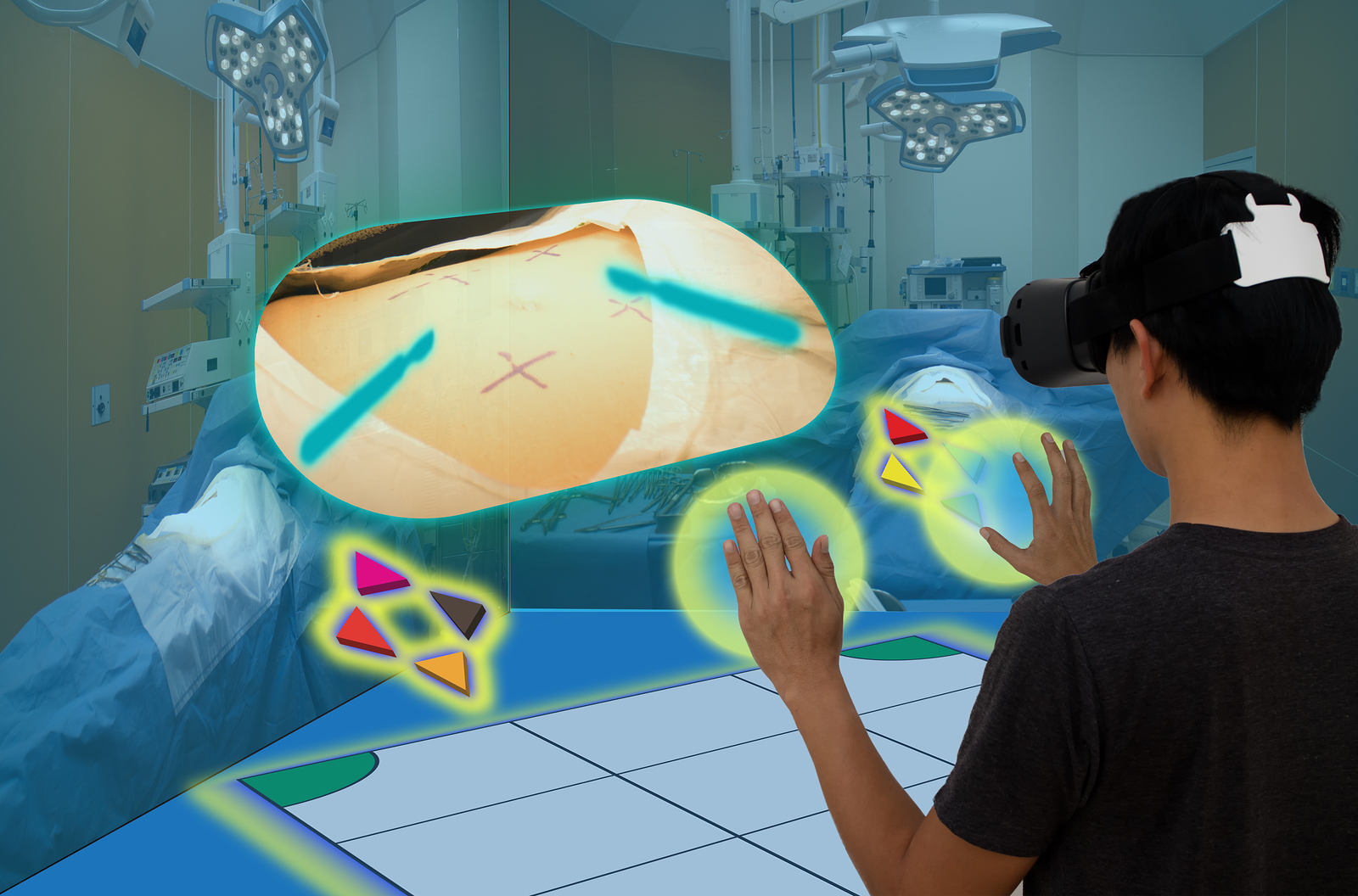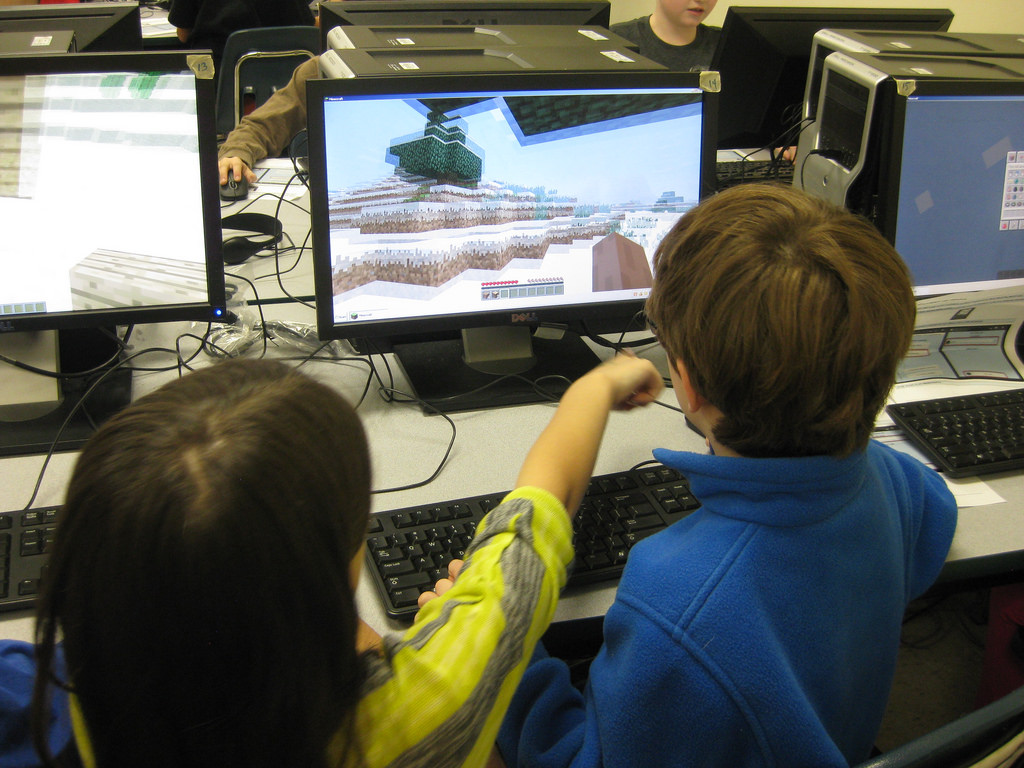Although there is no single model for the definition of a good learning space, there are three key dimensions for the design of new learning spaces in the university: the environmental dimension, the pedagogical dimension and the digital-technological dimension.
Advances in education and the emergence of new pedagogical strategies require undertaken research on the changes that the configuration of learning spaces in the university should undergo, as well as on the conditions, dynamics, and methodologies developed in them. These new spaces must be designed and implemented by professors and universities based on interdisciplinary and systematic research.
The emergence of new ideas, teaching and pedagogical strategies according to scientific knowledge on how learning processes occur (Hanna, David, and Francisco, 2010), require priority attention in research on what changes should be experienced in the configuration and organization of the learning spaces at the universities (mainly the classrooms and the subspaces that configure them or that are near them), as well as in the conditions, dynamics and methodologies that are developed in these spaces (Barret, Zhang et al. , 2012; Cuban, 2010; 2004; Tyack and Tobin, 1994).
data-animation-override>
“Advances in education and new pedagogical strategies require a change in the configuration of learning spaces at universities. These new spaces must be designed and implemented by professors and universities based on interdisciplinary and systematic research.”
Different reports published by international organizations such as the OECD or the European Commission (Istance, Salgado and Shadoian-Gersing, 2013, Hanna, David and Francisco, 2010) consider that the improvement of education happens, among other factors, by a different organization and less rigid of time and space in educational centers. In any case, as it has been verified in previous studies (Bautista and Borges, 2013, Bautista et al, 2013), there are not many studies in Spain that pay attention to the analysis of the configuration of the academic learning spaces and even less, research that includes the culture of teaching innovation, or pedagogical principles and specific didactic methodologies, especially those that are articulated with a intensive use of digital technologies. Other studies show us how some of the factors related to the change in the organization, functioning and use of the educational space have a positive influence on academic results (Barret, Zhang et al, 2012; Kontturi, 2013; Kangas, 2013).
So far, although there is no single model for the definition of a good learning space (Wall, 2016), the theoretical review carried out places us before the existence of three key dimensions for the conceptual design of learning spaces:
-
Environmental dimension. Barrett and Zhang (2009) have established a series of elements to be taken into account in architectural design: the stimulation that the environment provokes from the general configuration of the environment, color, textures, etc., and the visual sensation of order and balance provided by the combination of the different components in the space. The naturalness, which must take into account the aspects of light, sound, temperature, and air quality, to create a sense of comfort. The individualization, related to the aspects of choice and flexibility offered by the spatial configuration and the elements that are available in it.
-
Pedagogical dimension. The pedagogical dimension allows us to shape the pedagogical concept that guides the didactic practice and the decisions about the learning space. An intelligent classroom design will also allow responding to different moments in learning and therefore to different methodologies. The IEC project (Innovative Learning Environments) of the OECD (2013) has studied in recent years the conditions and dynamics that allow us to learn better. The recommendations on the educational environments that derive from this study say that it is necessary to take into account the entire learning ecosystem, including how environmental conditions facilitate the learning activity of students. Therefore, the pedagogical dimension must respond more to the science of learning than to a methodology or concrete trend.
-
Techno-digital dimension. The implementation of digital technologies in education systems does not necessarily mean the improvement and advancement of teaching-learning environments. Even so, many authors agree that digital technology is an opportunity to change the educational system. According to Istance, D., Salgado, MM, and Shadoian-Gersing, V. (2013), in tech-rich spaces, digital technologies can play several key functions in the change process, including the possibility of adapting learning to the needs and individual rhythms of students, with a double responsibility. However, even if the space is tech-rich, this technology should be only a means for the teacher and the student, therefore, the design of the classroom should seek a non-preeminent presence (Gros, 2010), although permanent for students and teachers as an instrument of intellectual work and as a tool for the shared construction of knowledge.
This multidimensional approach allows us to guide the discussion on the importance of incorporating and systematizing the different elements that we propose so that they are considered in the conformation and design of the new learning spaces in the university.
We emphasize, thus, the interrelation and the theoretical-practical dialogue that must take place between the three exposed dimensions if we want to base a good design of learning spaces. For more information, you can contact the research team through the following website: http://smartclassroom-project.research.uoc.edu/
About the author
Guillermo Bautista (gbautista@uoc.edu) is a professor in the Department of Educational Sciences, Faculty of Psychology and Educational Sciences of the Open University of Catalonia (UOC).
References
Bautista y Borges, F. (2013). Smart classrooms: Innovation in formal learning spaces to transform learning experiences. Bulletin of the Technical Committee on Learning Technology, 15 (3), 18–21. Retrieved from http://lttf.ieee.org/issues/july2013/Bautista.pdf
Bautista, G., Escofet, A., Forés, A., López, M., & Marimón, M. (2013). Superando el concepto de nativo digital. Análisis de las prácticas digitales del estudiantado universitario. Digital Education Review, 24, 1-22.
Barrett, P. y Zhang, Y. (2009). Optimal learning spaces: design implications for primary schools. SCRI Research Report. Retrieved from http://usir.salford.ac.uk/18471/
Barret, P., Zhang, Y., Moffat, J. y Kobbacy, K. (2012). A holistic, multi-level analysis identifying the impact of classroom design on pupils’ learning. Building and Environment, 59, 678-689.
Cuban, L. (2004). Whatever happened to the open classroom: Were schools without walls just another fad. Education Next, 2, 68-71.
Cuban, L. (2010). Perennial dilemmas policymakers and practitioners face in the adoption and classroom use of ICT: the U.S. experience, en Fundación Jaume Bofill I Universitat Oberta de Catalunya. Barcelona, España. 16 de noviembre 2010.
Gros, B. (2010). El ordenador invisible: hacia la apropiación del ordenador en la enseñanza. Barcelona: Gedisa.
Hanna, D., David, I., & Francisco, B. (Eds.). (2010). Educational research and innovation the nature of learning using research to inspire practice: Using research to inspire practice. OECD Publishing.
Istance, D., Salgado, M. M., & Shadoian-Gersing, V. (2013). Innovative learning environments. Educational Research and Innovation, OECD Publishing.
Kangas, V. (2013). Inspired and successful learning – UBIKO in practice. In Juuso, H, Lindh, A., Hasari, M., Kumpulainen, K., Lapinoja, K.-P., Pirilä, P., Raappana, S. y Tiainen, O. (Eds). Tutkimusperustaisuus koulussa ja opettajankoulutuksessa. (pp. 90- 99). Oulu: Oulun yliopisto, Oulun normaalikoulu.
Kontturi, H. (2013). Towards a knowledgeable, inspired and skilful learner – Dialogue between research and development in the UBIKO un
it. In Juuso, H, Lindh, A., Hasari, M., Kumpulainen, K., Lapinoja, K.-P., Pirilä, P., Raappana, S. y Tiainen, O. (Eds), Tutkimusperustaisuus koulussa ja opettajankoulutuksessa. (pp. 90-99). Oulu: Oulunyliopisto, Oulun normaalikoulu.
Tyack, D., & Tobin, W. (1994). The “Grammar” of schooling: Why Has it Been so Hard to Change? American Educational Research Journal, 31(3), 453-480.Madrid: Morata.
Wall, G. (2016). Flexible Learning Spaces: The impact of physical design on student outcomes. New Zealand: Ministry of education. Retrieved from www.educationcounts.edcentre.govt.nz
This article from Observatory of the Institute for the Future of Education may be shared under the terms of the license CC BY-NC-SA 4.0 
)
)











)
Perla Téllez Garza
Perla Téllez Garza
Perla Téllez Garza